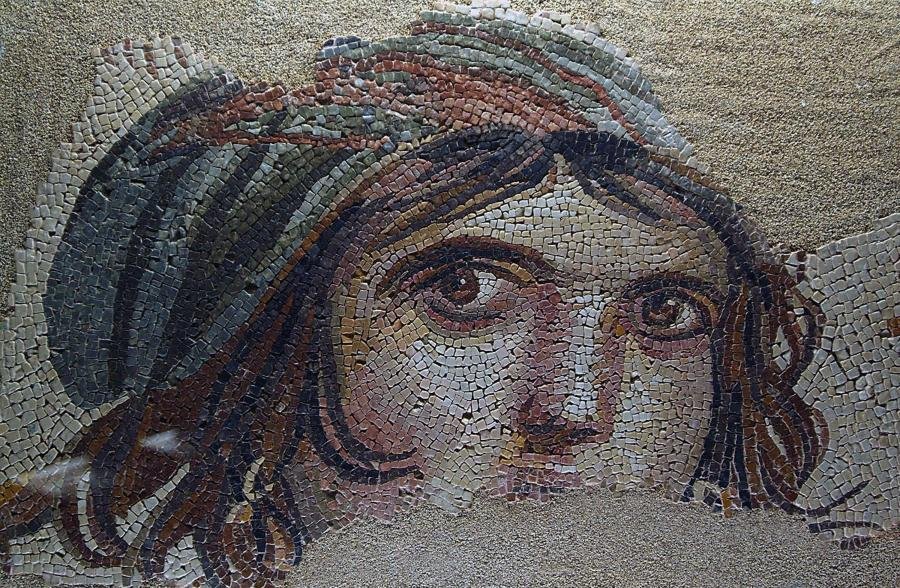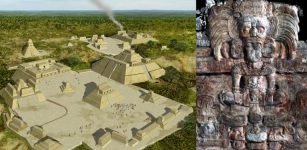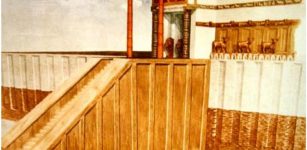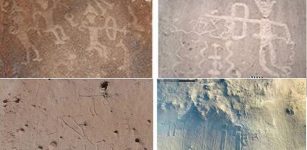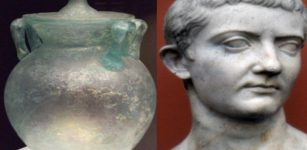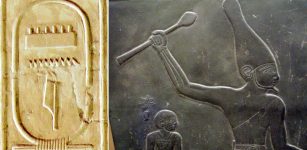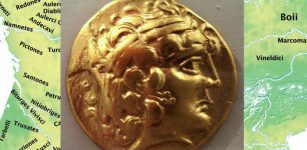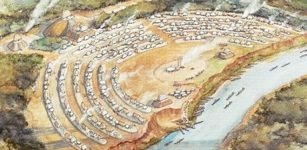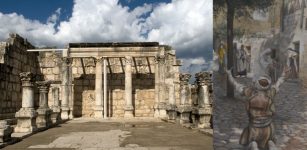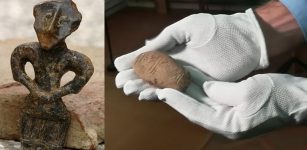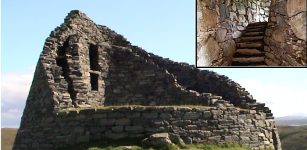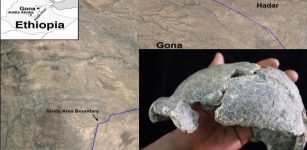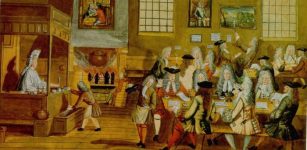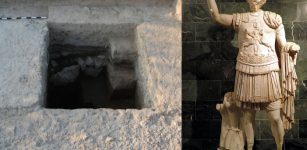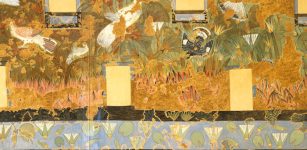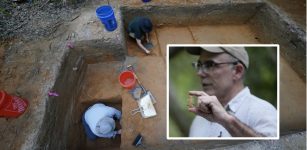Wonderful Ancient Mosaics In Ancient City Of Zeugma, Turkey
AncientPages.com - About a year ago, beautiful mosaics were found during excavations in the ancient city of Zeugma in Turkey's southern province of Gaziantep.
Even earlier many beautiful mosaics were discovered in Zeugma, one of the most important centers in the Eastern Roman Empire, and excavations there had started in 2007.
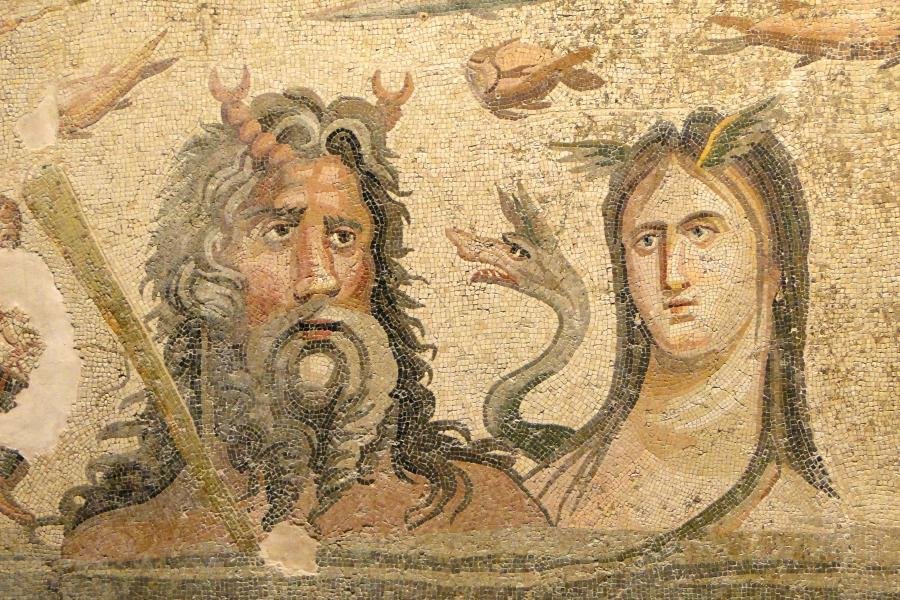
Mosaic of Oceanos and Tethys - 2nd/3rd Century - Zeugma Mosaic Museum - Gaziantep - Turkey. Photo credits: Adam Jones
The ancient town of Zeugma sits on the banks of the Euphrates River in southeast Turkey. In Greek, Zeugma means "bridge".
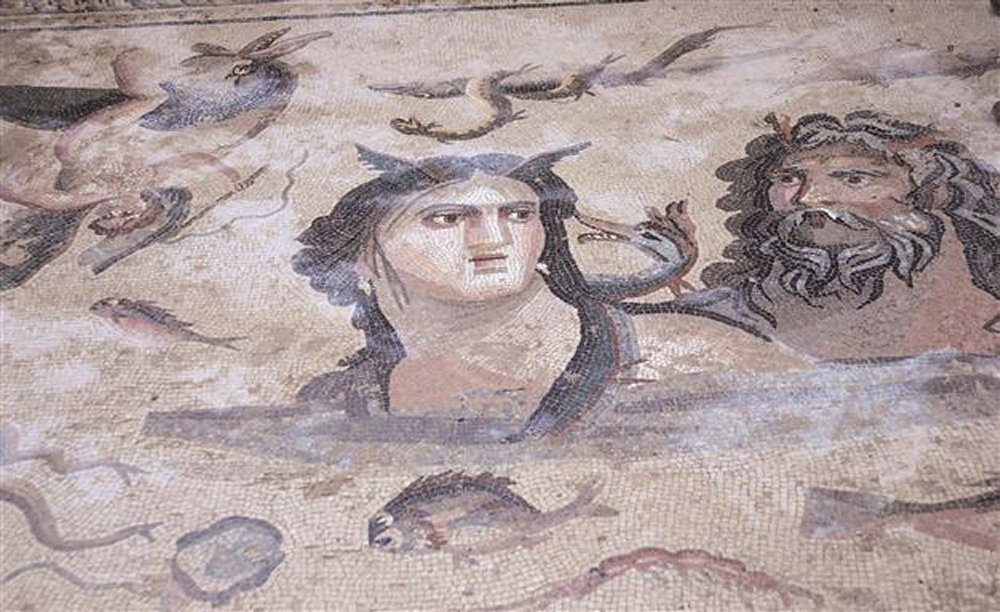
Mosaics have been unearthed as part of the Muzalar House excavations in the ancient city of Zeugma, in Turkey's southern province of Gaziantep. AA Photos
In ancient times, the town was the only point to cross the river between Anatolia and Mesopotamia for hundreds of kilometers. The city was founded by a commander under Alexander the Great around 300 B.C., Seleucus I Nicator.
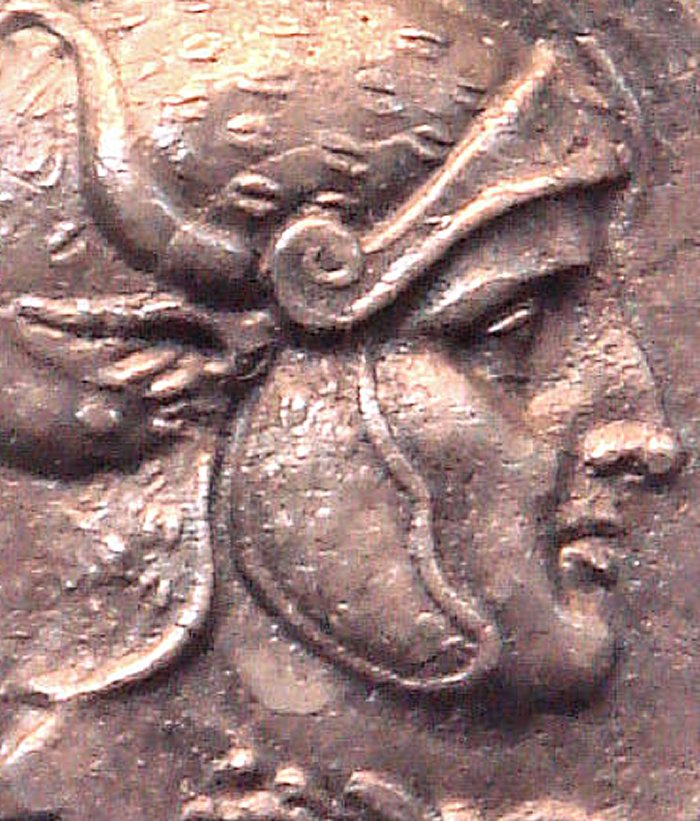
Seleucus I Nicator who fought Chandragupta Maurya, and later made an alliance with him. credits: Wikipedia
“From now on, we will work on restoration and conservation. We plan to establish a temporary roof for long-term protection. We estimate that the ancient city has 2,000-3,000 houses. Twenty-five of them remain underwater. Excavations will be finished in the Muzalar House next year.”
The region's history, which included empires such as the Romans, the Hittites, the Assyrians and the Byzantines, was "as old as the history of mankind," reported Hurriyet Daily News last year.
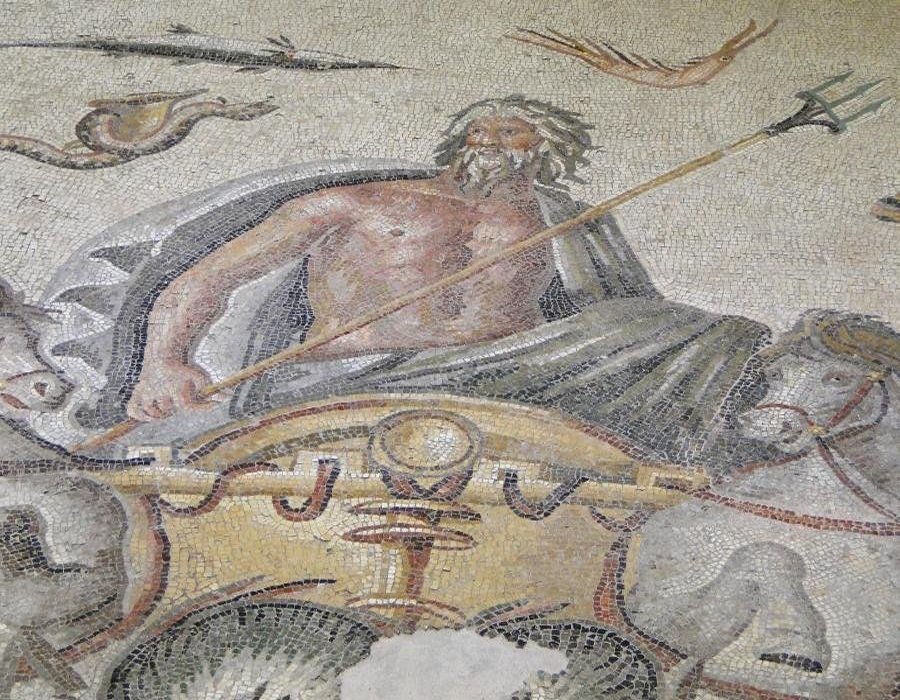
Mosaic of Poseidon - 2nd/3rd Century - Zeugma Mosaic Museum - Gaziantep - Turkey. Photo credits: Adam Jones
In ancient Zeugma lived 70,000 people but a devastating attack in 256AD by Sassanid king Shapur I led to the city’s decline.
Though Zeugma remained an important Roman and subsequently Byzantine city well into the 6th century, the mounting pressure on the Empire’s borders led to its eventual abandonment.and was invaded and pillaged by Shapur I of the Sassanid Empire in A.D. 256.
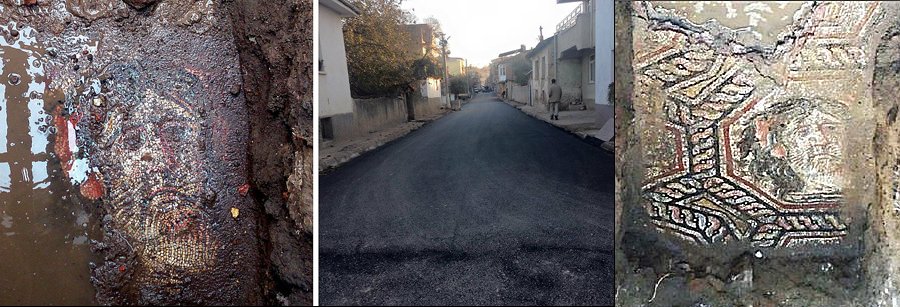
The scandal regarding the restoration was first revealed by a local mosaic craftsman, Mehmet Daşkapan, who brought the issue to the attention of a daily. According to Daşkapan, more than 10 priceless pieces from the Roman period were ruined, becoming caricatures of their former versions. “Other mosaics are in poor condition and have lost their originality and value,” Daşkapan claimed. Photo credits: DHA
Yet another ancient floor mosaic was found last year in August on Afyon Street in the Beyler neighborhood. After municipal workers found mosaics depicting human faces two meters below ground level, the İznik Museum Directorate started an archeological excavation at the site and found other mosaics depicting snakes and hexagonal shapes.
However, the museum stopped the excavation when it was revealed that it was on private property and as procedures for expropriation take a long time, the directorate covered the mosaics with a five-layer sandwich with geotextile materials and river sand for protection.
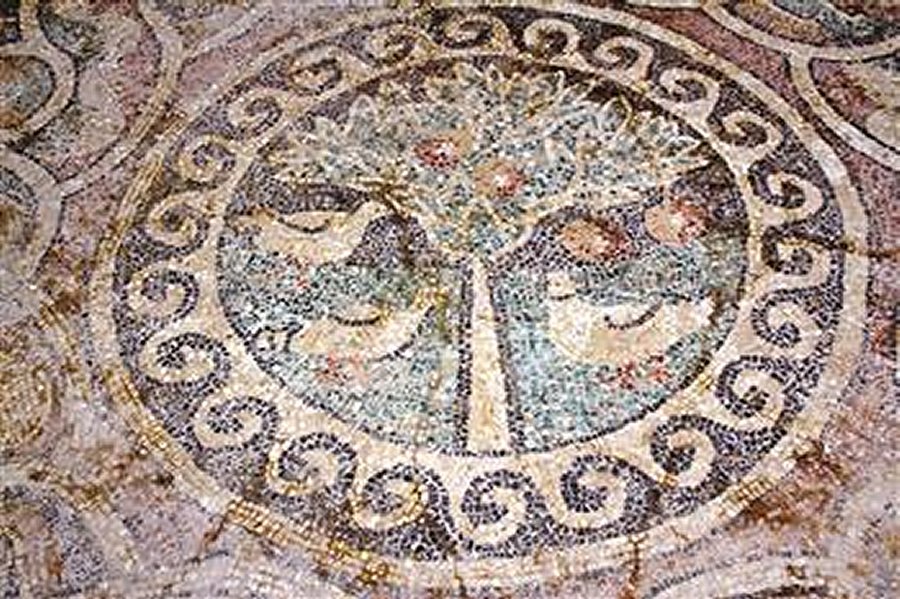
Experts see many patterns in the mosaics such as ropes, geometric shapes and flowers, and they are all designed as a composition arrangement. AA photos.
In November of last year, Gaziantep Mayor Fatma Şahin visited the site of some 2,000-year-old mosaics in the ancient city of Zeugma in southeast Turkey and walked on them in high-heeled shoes, drawing much criticism.
The mayor was the target of significant disapproval for her carelessness in stepping on such important, historical pieces of art to pose for the press during the opening ceremony for three newly excavated mosaics in the ancient city hosted for members of the press and important figures.
In another incident in May of this year, a number of ancient Roman mosaics from an excavation site in Hatay province selected for display in a newly built museum were found seriously damaged during restoration.
The scandal regarding the restoration was first revealed by a local mosaic craftsman, Mehmet Daşkapan, who brought the issue to the attention of a daily.
According to Daşkapan, more than 10 priceless pieces from the Roman period were ruined, becoming caricatures of their former versions. “Other mosaics are in poor condition and have lost their originality and value,” Daşkapan claimed.
AncientPages.com
Expand for references
